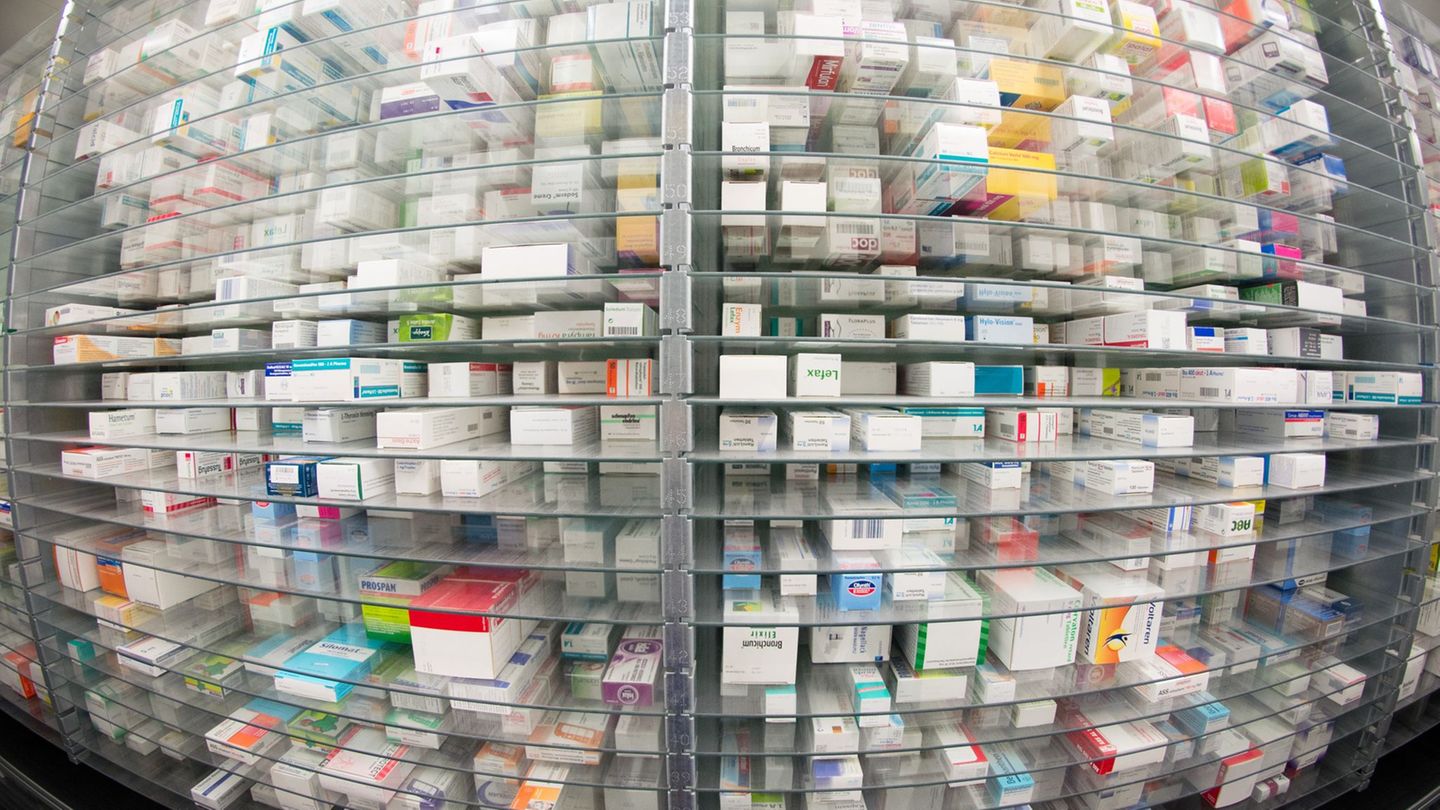The credit expansion in China slowed more than expected in October, as a rise in government bond sales far outpaced loan growth, during a traditionally slow month for financial activity.
Aggregate financing, a broad measure of credit, increased by 1.4 trillion yuan ($195 billion), according to calculations by the Bloomberg agency, based on data published by the People’s Bank of China this Monday. This compares with a median forecast of 1.5 trillion yuan by economists in a survey by that agency, and an increase of 1.8 trillion yuan in the same month last year.
Sales of government bonds represented more than three quarters of all new financing and exceeded 1 trillion yuan for the third consecutive month. The total stock of credit grew at the slowest pace since comparable data began in 2017.
“October credit data indicated that private sector credit demand remains weak,” Goldman Sachs Group Inc. analysts led by Xinquan Chen said in a research note. “Loan growth by both households and companies remained low, and the extension of loans was mainly driven by short-term financing,” the news agency maintains.
Chinese economic activity
China’s slowing economic activity showed initial signs of stabilizing last month, following a broad stimulus package introduced in late September, which included a series of interest rate cuts. October is typically a weak month for credit growth because banks are in no rush to hit their quarterly lending targets.
What Bloomberg Economics says: “Credit extended to Chinese companies in October was well below the 2019-2023 average, indicating that the stimulus measures announced since late September are having a limited impact on the economy and that Confidence remains weak, despite some improvement. Continued policy support is needed until business confidence increases significantly.” —David Qu, economist. For a full analysis, click here.
china market shanghai stock market
Continued policy support is needed until business confidence increases significantly.
Demand for corporate and household loans has been sluggish in recent years, as the worst real estate recession in recent history has discouraged consumption and investment in many related sectors. As a result, China has not experienced the typical credit cycles seen before 2022, but has instead experienced a continued slowdown in lending.
Financial institutions offered 500 billion yuan in new loans in the month, according to Bloomberg calculations, the lowest figure in three months. The average forecast was 700 billion yuan.
The M1 money supply, which includes cash in circulation and corporate demand deposits, fell 6.1% in October, slightly less than economists expected. Businesses have been using deposits to repay loans, while consumers remained cautious about spending.
The PBOC has indicated that it is ready to further ease monetary policy. Governor Pan Gongsheng said the central bank could reduce banks’ reserve ratio by 25 to 50 basis points by the end of the year, depending on market liquidity.
Reducing the ratio frees up money for banks to lend and invest. Economists also expect the central bank to reduce interest rates as next year progresses.
Source: Ambito




